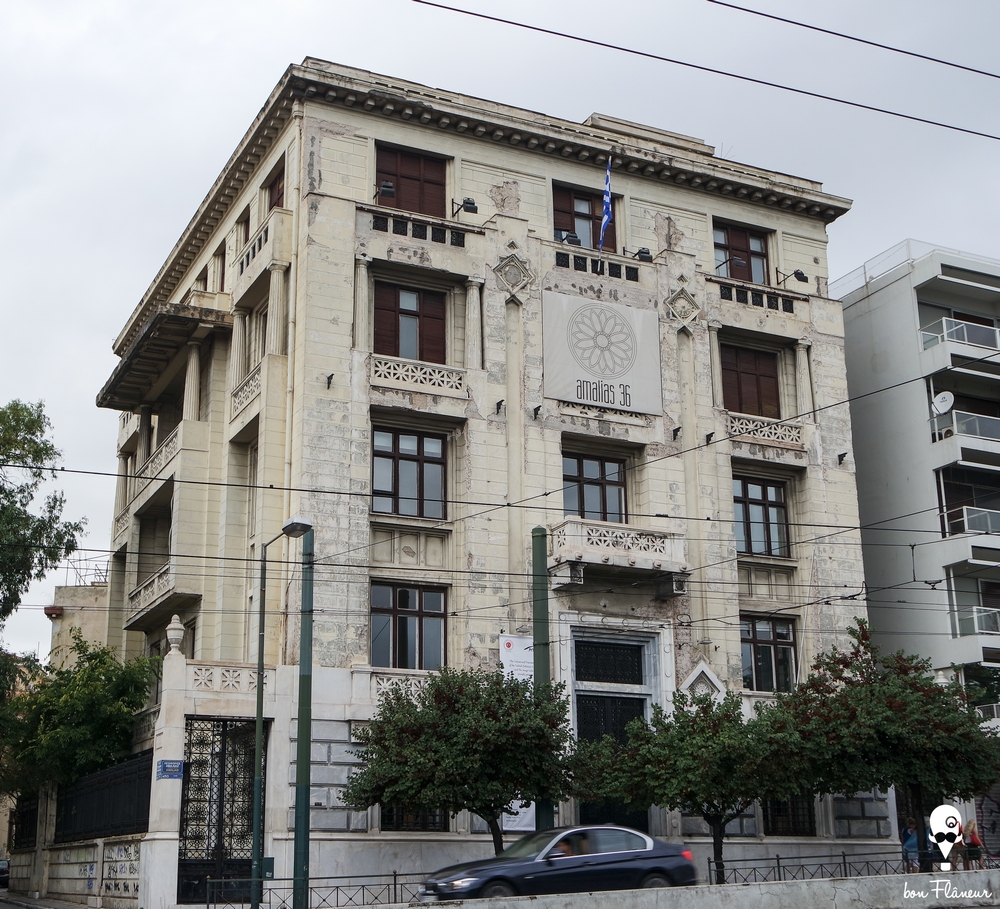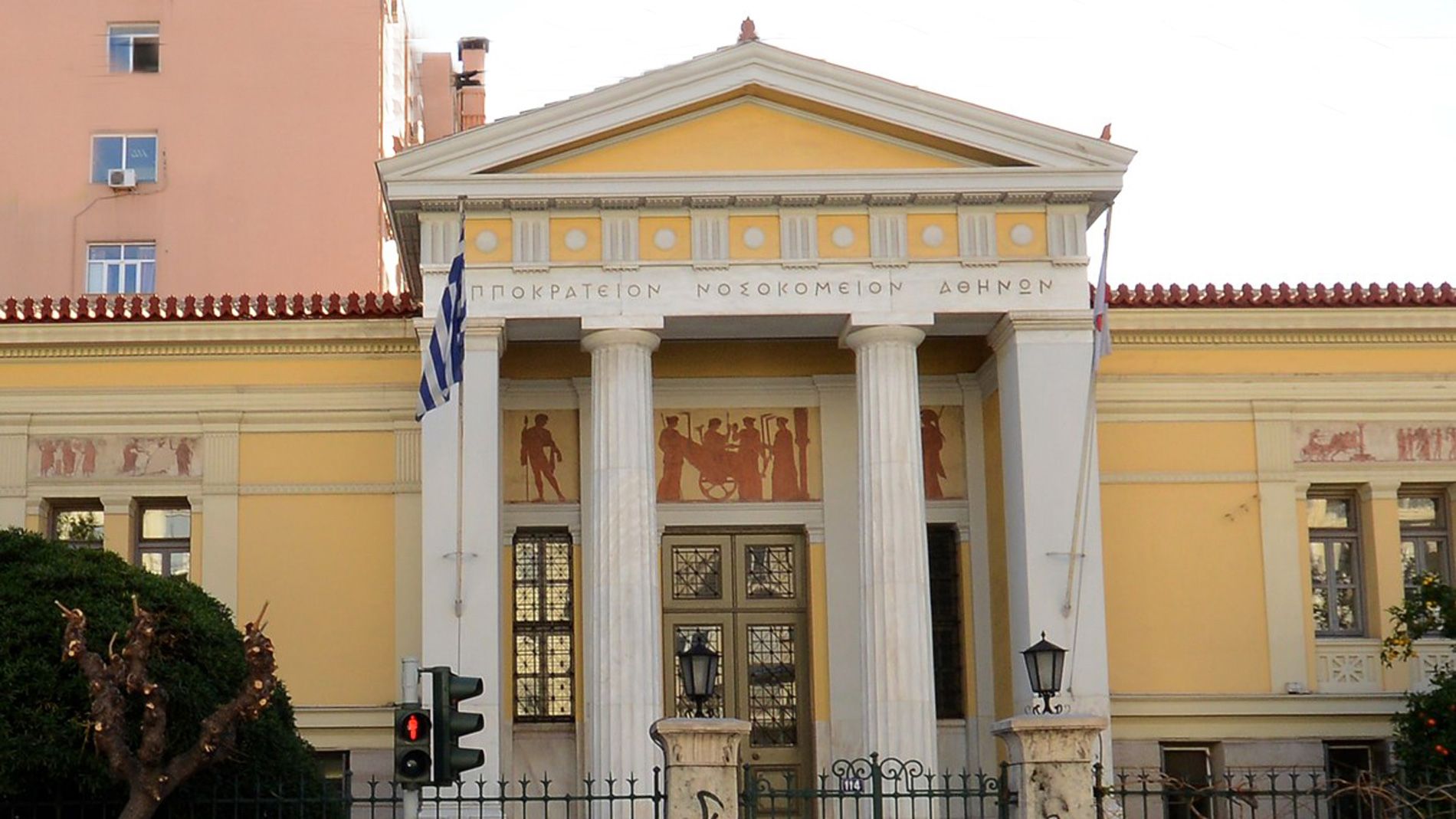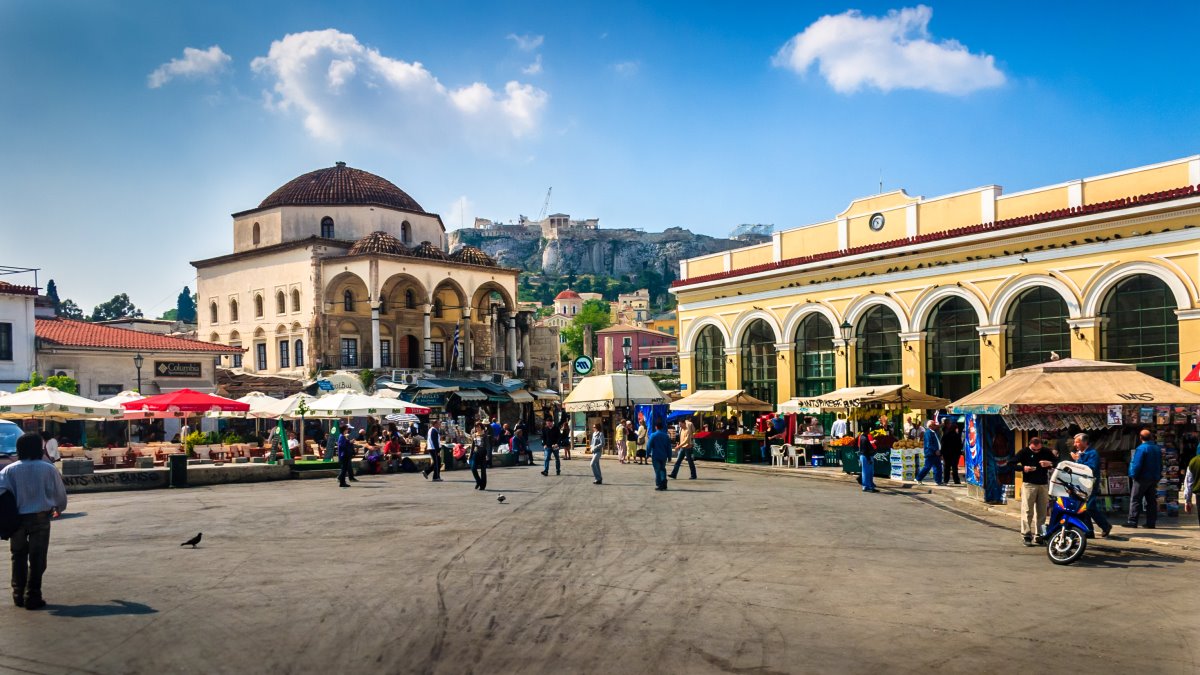Pedion Areos
Pedion Areos
The first mention of the place as “Pedion Areos” (meaning Field of Ares) dates back to the reign of King Otto from 1835-1862. It was named after the Roman Campus Martius because during Otto’s reign, in 1961, the Cavalry Barracks were built in front of the Temple of the Taxiarches and towards Mavromateon Street. In 1884, the Riding School of Athens was founded, which incorporated the Athens Guard Hippodrome, with the aim of training competent riding instructors and horse trainers, while in 1888 a closed hippodrome was built, the Colonel Meleagros Hippodrome. The area was situated between two large streams, the Cyclovoros and the stream of Agios Stylianos. From 1866 the area was decorated with busts and monuments.
The first Royal Decree establishing the “Pedion of Areos” as a public recreation area was signed in 1887 by King George I. A few years later, a large part of the original area of the Pedion tou Areos was reserved for the construction of the Hellenic Army Academy, known as the Evelpidon, with the donation of Georgios Averof and the architectural design of Ernest Ziller.
The arrival of refugees from Asia Minor after the Greko-Turkish War, in 1922, did not leave the Pedion of Areos unaffected, as thousands of refugees were accommodated in makeshift tents. Such temporary tents were also erected in other parts of the city, in the archaeological site of Thiseion, in the galleries of the Municipal Theatre of Piraeus, in the courtyard of the “Sotiria” hospital, etc. A little later, a makeshift refugee settlement was built between the Geographical Service of the Army (then the Cartographic Service) and the Hellenic Military Academy (the building that now houses the Athens Court of Justice in Evelpidon). Massive construction projects in the area were avoided thanks to the Supreme Committee of Urban Planning, set up in 1934 by the then Minister of Transport, Petros Rallis, to “protect the public aesthetic of Athens”, but also due to the reactions of Athenians. It was then decided to create a grove, a walking and recreational area accessible only to pedestrians and open at night, to build a recreational centre and to preserve the existing temples without a special courtyard, to demolish all the buildings (refugee settlements and military buildings) – except for the Evelpidon building – and to move the gymnasium to the junction of Kodrigtonos and Mavromateon streets, and finally to connect Phinopoulos Hill to the grove.
After the “Dekemvriana” and the end of the Civil War, the urban planning of Athens began to change with massive reconstructions. The open space of the Pedion of Areos was once again at risk. In the early 1950s, it was decided that part of the park, on its western side, would become a centre for social interaction. It became the popular centre of the “Green Park” era. It was preceded by the “Alsos” theatre, which was located a bit to the north. Next to the “Green Park” was the Greek National Theatre of Manos Katrakis, the summer stage, which after the dictatorship passed into the hands of the famous Greek actress Aliki Vougiouklaki. On the west side, on Mavromateon Street, next to the facilities of the Panellinios Gymnastics Club, there was another open-air theatre from the late 1950s. It was the Chatziskou Theatre, with which the famous choreographer Rallou Manou had collaborated.
The Pedion of Areos has always been a welcoming place for the persecuted and marginalized, for collectives, it has been a shelter for refugees from Afghanistan and Syria who have found there for some time the solidarity of people and organizations, with food and other humanitarian aid, while it has hosted a large number of events, from book festivals to concerts, themed cultural festivals, solidarity events or political speeches.
A period of abandonment and decline began for the park in the 90s, and essentially ended during the COVID-19 pandemic. During the restrictions of the pandemic, the park gained new momentum and returned to the world’s consciousness as a destination for recreation and activity.
There are extremely interesting spots within the grove. Starting from the equestrian statue of King Constantine I, the Avenue of Heroes with 16 statues, created by the same number of sculptors, representing fighters of the Greek War for Independence of 1821, the monument of goddess Athena, the Holy Temple of Taxiarches and the 4 monuments in its surrounding area, the monument of the Sacred Band dedicated to the men of the Greek special forces of the Second World War who lost their lives in the Middle East, the bust of Artillery Lieutenant Alexandros Praidis who fell fighting as a volunteer in the Cretan Revolution on October 12, 1866 and is in fact the first monument placed in the Pedion Areos, the monument in honor of the fallen Philhellenes (mainly Italians) in the Battle of Domokos, where the Greeks were defeated in 1897, and the cenotaph of Alexandros Ypsilantis, the monument dedicated to Notis Botsaris, the 1st of May Square, the Church of Saint Charalambos, and finally the Cave of Panos or Cave (a sculptural composition made of stone by the sculptor Vassalos on the western side of the grove).









